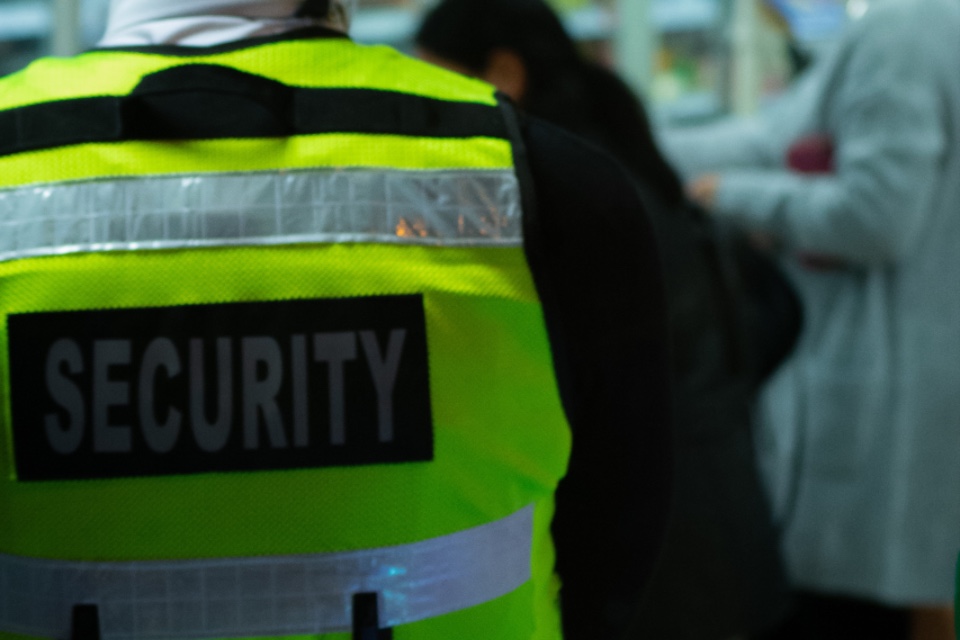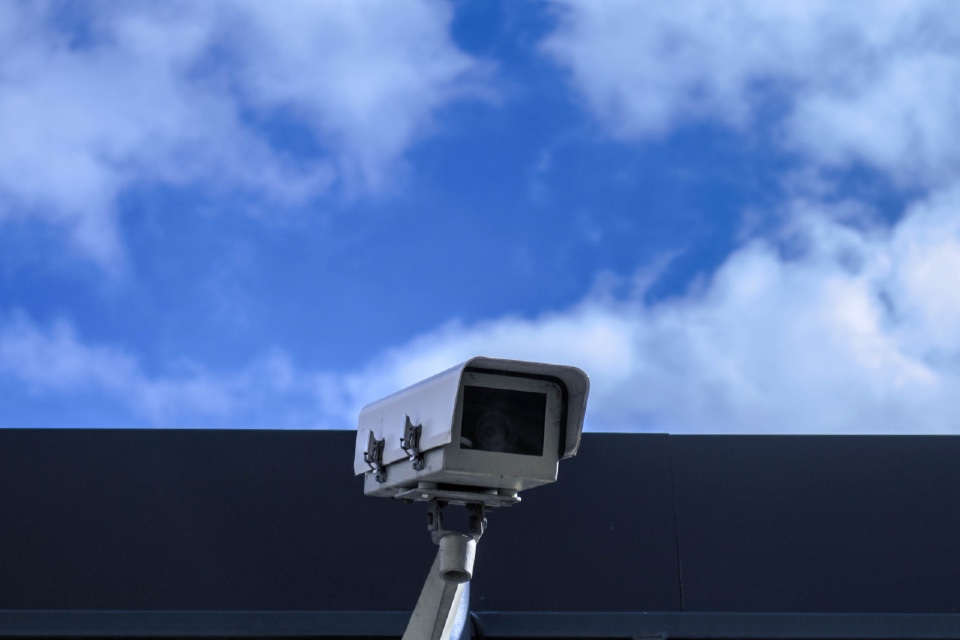Commercial security and loss prevention have undergone significant transformation over the last decade, evolving with the advent of new technologies and changing retail landscapes. Here we outline the shifts strategies, the role of technology, and how businesses adapt to these changes to mitigate losses…
Ten years ago, loss prevention in commercial settings primarily relied on physical security measures. These included traditional surveillance systems, like CCTV, and Electronic Article Surveillance (EAS) tags attached to merchandise to prevent theft. Security personnel played a crucial role, often performing undercover surveillance or uniformed patrols to deter shoplifting and internal theft.
However, the rise of e-commerce and omnichannel retailing posed new challenges and expanded the horizons of loss prevention. The integration of online and offline operations led to the development of advanced analytical tools designed to monitor not just physical theft, but also cyber-related retail crimes, such as credit card fraud and return fraud. Artificial intelligence (AI) and machine learning (ML) have become powerful allies in detecting suspicious transactions and patterns that could indicate fraudulent activities.
Retailers began to adopt RFID (Radio Frequency Identification) technology, which allowed for real-time inventory tracking and reduced shrinkage due to better stock management. This technology not only curbed theft but also improved inventory accuracy, leading to enhanced order fulfillment and customer satisfaction.
In recent years, facial recognition technology has also been trialed to identify known offenders as they enter a store. While this technology raises privacy concerns, it represents the cutting edge in proactive loss prevention. Big data and predictive analytics have also become critical, allowing retailers to anticipate and prevent potential losses by analyzing customer behavior and transaction data.
Furthermore, there has been a shift towards a more holistic approach to loss prevention, with businesses recognizing the need to address the root causes of theft. This involves enhancing employee satisfaction to reduce internal theft, improving store layouts to minimize blind spots, and offering better training for staff to recognize and respond to theft incidents effectively.
Cybersecurity measures have become a central component of loss prevention strategies due to the increase in online transactions. Enhanced encryption, secure payment gateways, and multi-factor authentication have become standard to protect against data breaches and cyber theft.
Lastly, the integration of loss prevention with other business functions has been crucial. Rather than operating in a silo, loss prevention departments work closely with operations, merchandising, and supply chain teams to ensure security measures align with overall business strategies and contribute to a positive customer experience.
In conclusion, loss prevention techniques and solutions in the commercial sector have advanced significantly over the past decade, evolving from basic surveillance to complex, data-driven strategies that leverage AI and ML. As technology continues to advance, we can expect loss prevention to become even more integrated, sophisticated, and essential to the viability of commercial enterprises.
Are you researching Loss Prevention solutions for your business? The Total Security Summit can help!
Photo by Rayner Simpson on Unsplash






